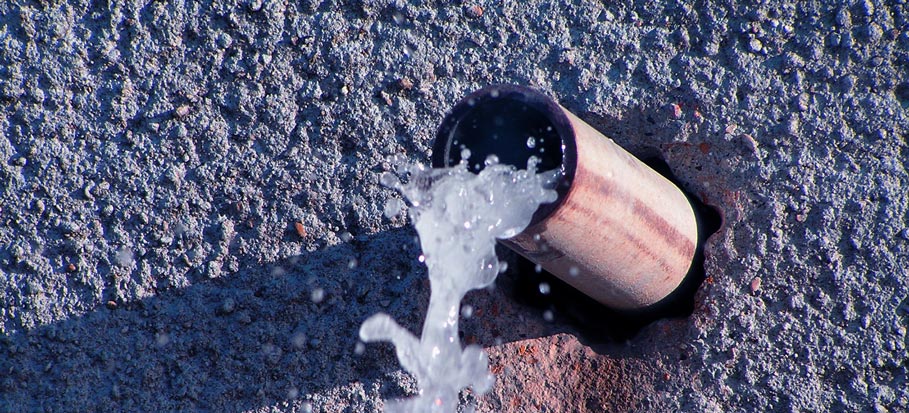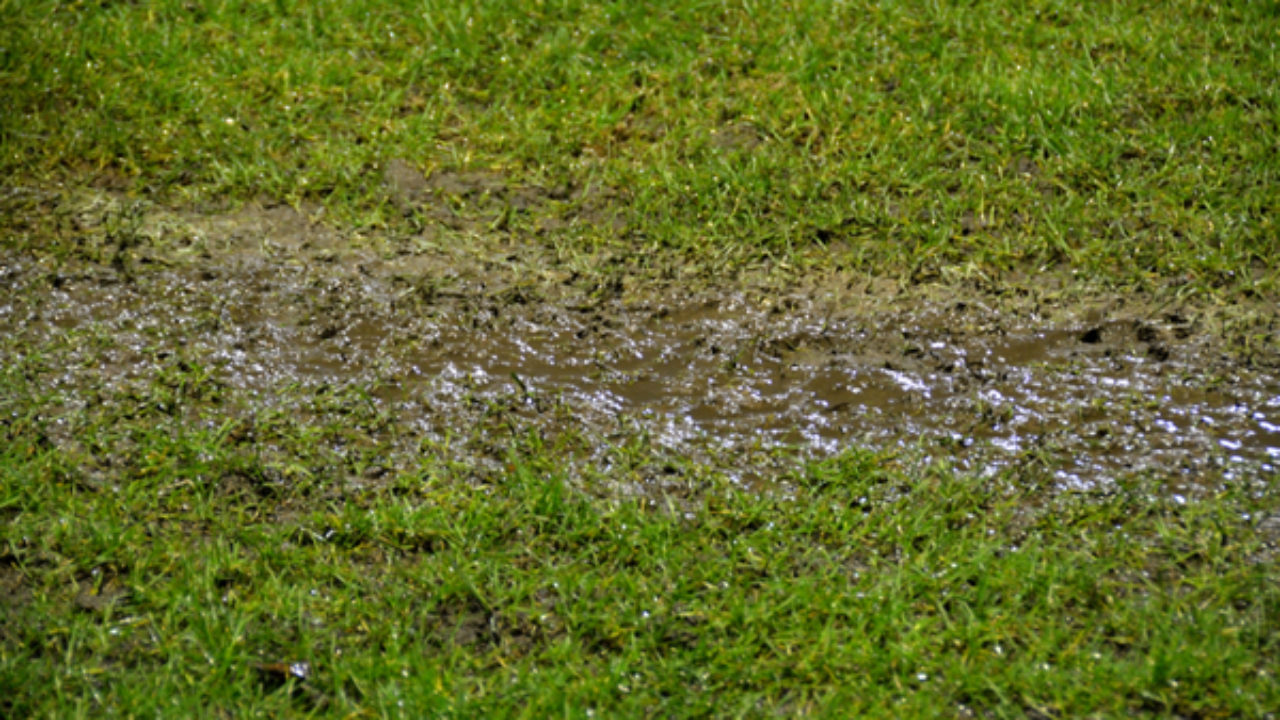6 Ways to Find Concealed Water Leakages in Your Home
6 Ways to Find Concealed Water Leakages in Your Home
Blog Article
Here in the next paragraph you can locate a good deal of good quality points all about Detecting hidden plumbing leaks.

Early discovery of dripping water lines can mitigate a prospective disaster. Some tiny water leakages may not be noticeable.
1. Examine the Water Meter
Every home has a water meter. Checking it is a guaranteed way that assists you uncover leaks. For starters, turn off all the water sources. Make certain no one will purge, make use of the tap, shower, run the washing machine or dish washer. From there, go to the meter and also watch if it will certainly change. Given that nobody is using it, there ought to be no activities. That suggests a fast-moving leakage if it relocates. Also, if you spot no changes, wait a hr or two and check back again. This implies you might have a slow leak that might also be below ground.
2. Check Water Usage
Evaluate your water bills as well as track your water usage. As the one paying it, you need to notice if there are any discrepancies. If you find sudden changes, despite your intake being the same, it means that you have leaks in your plumbing system. Bear in mind, your water expense ought to fall under the exact same variety every month. An abrupt spike in your bill suggests a fast-moving leak.
On the other hand, a steady rise every month, even with the same practices, shows you have a sluggish leak that's also slowly rising. Call a plumber to thoroughly inspect your property, specifically if you really feel a warm location on your flooring with piping underneath.
3. Do a Food Coloring Test
30% comes from toilets when it comes to water intake. Test to see if they are running effectively. Decline flecks of food shade in the tank and also wait 10 minutes. There's a leakage between the storage tank and dish if the color somehow infiltrates your bowl during that time without flushing.
4. Asses Outside Lines
Don't neglect to examine your outdoor water lines also. Test faucets by affixing a garden hose. Must water permeate out of the connection, you have a loose rubber gasket. Change this and make certain all links are limited. If you've got a sprinkler system, it will certainly aid get it skillfully checked out and preserved annually. One tiny leakage can lose lots of water and also spike your water bill.
5. Assess the situation as well as evaluate
Homeowners need to make it a practice to inspect under the sink counters as well as also inside closets for any bad odor or mold growth. These two red flags indicate a leak so prompt interest is called for. Doing routine assessments, even bi-annually, can save you from a major trouble.
Check for stainings and compromising as most pipelines and devices have a life expectations. If you suspect dripping water lines in your plumbing system, don't wait for it to intensify.
Early discovery of dripping water lines can reduce a potential disaster. Some little water leaks may not be visible. Checking it is a surefire method that assists you find leaks. One little leakage can waste tons of water and spike your water bill.
If you believe leaking water lines in your plumbing system, don't wait for it to escalate.
WARNING SIGNS OF WATER LEAKAGE BEHIND THE WALL
PERSISTENT MUSTY ODORS
As water slowly drips from a leaky pipe inside the wall, flooring and sheetrock stay damp and develop an odor similar to wet cardboard. It generates a musty smell that can help you find hidden leaks.
MOLD IN UNUSUAL AREAS
Mold usually grows in wet areas like kitchens, baths and laundry rooms. If you spot the stuff on walls or baseboards in other rooms of the house, it’s a good indicator of undetected water leaks.
STAINS THAT GROW
When mold thrives around a leaky pipe, it sometimes takes hold on the inside surface of the affected wall. A growing stain on otherwise clean sheetrock is often your sign of a hidden plumbing problem.
PEELING OR BUBBLING WALLPAPER / PAINT
This clue is easy to miss in rooms that don’t get much use. When you see wallpaper separating along seams or paint bubbling or flaking off the wall, blame sheetrock that stays wet because of an undetected leak.
BUCKLED CEILINGS AND STAINED FLOORS
If ceilings or floors in bathrooms, kitchens or laundry areas develop structural problems, don’t rule out constant damp inside the walls. Wet sheetrock can affect adjacent framing, flooring and ceilings.
https://www.servicemasterbyzaba.com/blog/how-to-detect-water-leakage-in-walls/

We were made aware of that report about Detecting hidden plumbing leaks through someone on our other domain. Kindly take a moment to promote this article if you enjoyed reading it. Thank you so much for your time invested reading it.
Report this page